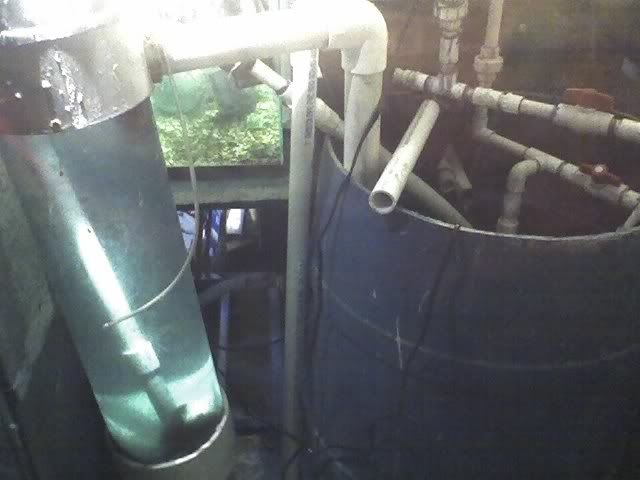Bio film filters are typically preferred in situations beyond nitrification. So where you seek more benefit than simply nullifying ammonia or nitrite.Wow. This is very informative thank you.
what is the best use for k1-helix media then if this is the common misunderstanding?
Some examples would be to remove nitrate (without changing water), to feed fish, to combat green water etc. It is an interesting area because we can see benefits without fully understanding the detailed process. Bio film research is ongoing. And not all bio film filters perform equally.
K1 & Helix equivalents are good for bio film, the Nexus filter has popularised moving bed filters but the media is also good for static bed (mechanical ) filters which can be easily cleaned with a flood & dump. Less effective for trickle (wet /dry) because although it woeks, other alternatives are better. However, when you gain an understanding of concept, most people will find the best use.
Sometimes it's not the best use but practicality or convenience that dictates what media and how it's used.
In the case of a true fluidused bed for this OP, I would use HDPE granules if he wants floating. (the raw material used to make Helix & K1). They are 2-3 mm rice shaped irregular floating bits. Unless he is really after a moving bed despite thread title.







